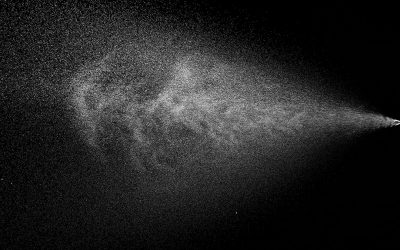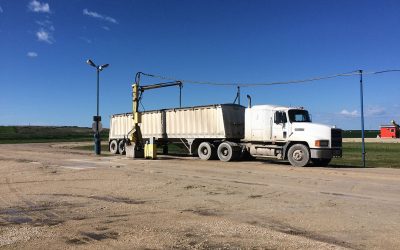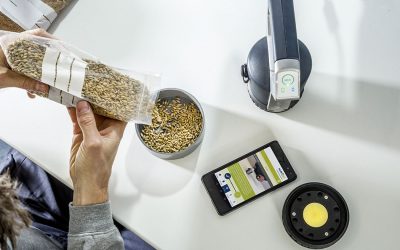Hawaii feed mill aims to source local raw materials
The Oceanic Institute at Makapuu on Hawaii recently began operating a sophisticated mill to research and develop feed for farm animals using ingredients found locally, including seafood trimmings and by-products of crops such as papaya and plants that could support a biofuels industry.
The mill, which is capable of producing 150 kg of feed per hour, is an experimental prototype for a bigger mill envisioned to be built in Hilo by 2012 that will be able to conduct large-scale feed trials on farms and commercial production.
Oceanic Institute’s mill is primarily focused on feeds for Hawaii’s aquaculture industry, though research also will be conducted to develop feeds for the chicken, dairy and cattle industries.
Producing feeds from locally found ingredients would help make animal farming in Hawaii more economical, sustainable and self-sufficient.
Potential also exists for the Hilo mill to develop feeds made with ingredients from the ocean or tropical plants that will be useful to Mainland animal feed producers.
Industry funding
The US feed industry is donating $1.7 million worth of equipment to establish the $4 million Hilo mill, which is designed to produce four tonnes of feed per hour and has all its necessary funding from the US Department of Agriculture, the state and several local foundations.
Tony Ostrowski, president of the Oceanic Institute, said the Hilo mill would be only the second mill in the US for researching and developing animal feeds after one at Kansas State University, and the first to focus on aquaculture.
"We want to be that resource for the aquaculture industry," he said. "We are really pushing forward on it."
Ostrowski said a main source for feeds that the institute has already tested on smaller scales for fish and shrimp is waste produced from filleting and processing seafood, 75 to 80% of which is imported to Hawaii. About half that waste product is discarded in landfills.
Other potential ingredients for feed include protein-rich byproducts from crops such as algae, palm and jatropha after oils are extracted to produce fuel.
These crops could be grown in Hawaii in large quantities some day to help Hawaii become more energy independent.











